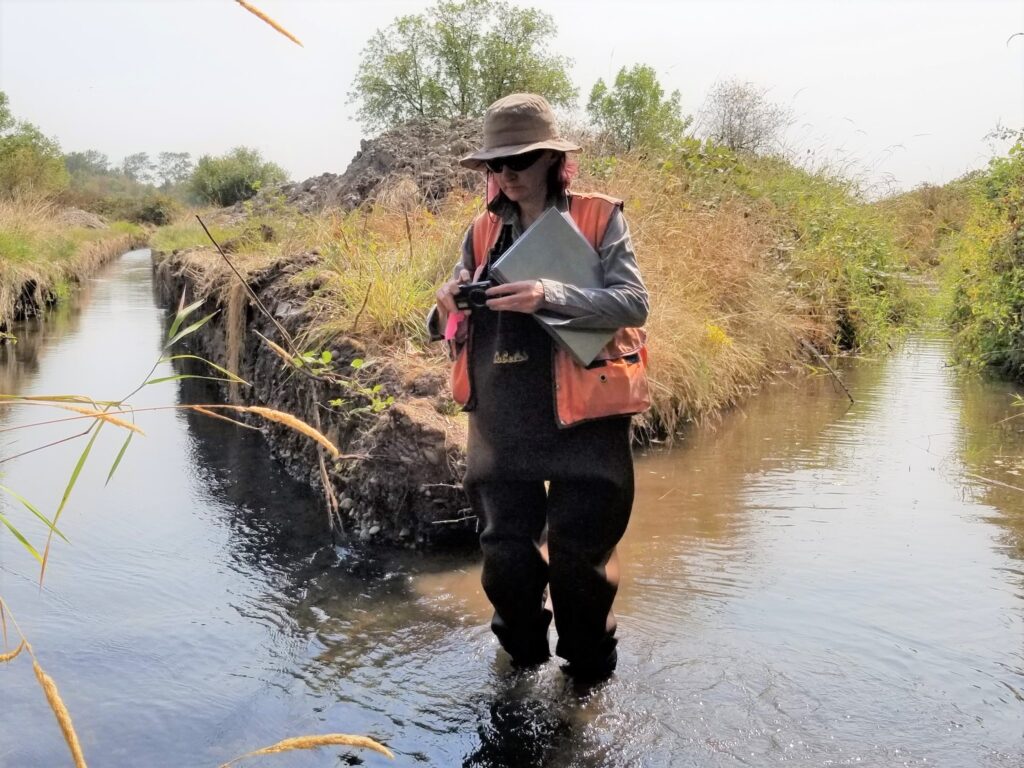
By Irina Lapina and Taya MacLean
Section 404 Waters of the United States definitions
Recently, Waters of the United States (WOTUS) definitions under Section 404 of the Clean Water Act changed, which will have an immediate effect on any project proposing impacts to streams, lakes, ponds, ditches, or/and wetlands.
In August 2021, the most recent WOTUS definitions and rule was vacated nationwide following a U.S. District Court of Arizona order. The order takes us back to the pre-2015 definition of WOTUS from 1986 and the Supreme Court’s 2006 Rapanos and Carabell decisions regarding significant nexus. Based on the pre-2015 significant nexus rule, the agencies will place greater protection over wetlands or waters for which “flow characteristics and functions would significantly affect the chemical, physical, and biological integrity of downstream traditional navigable waters.”
Wetland delineations that are pending or received by the U.S. Army Corps of Engineers after the court’s decision will be completed consistent with the pre-2015 regulatory rules. Jurisdictional determinations completed prior to the court’s decision remain valid until the expiration date. Approved jurisdictional determinations are generally valid for five years.
This order could be appealed; however, we are to follow the pre-2015 regulatory regime until further notice. Current WOTUS definitions can be found at the U.S. Environmental Protection Agency website.

Section 401 Water Quality Certification Rule
On October 21, 2021, the U.S. District Court for the Northern District of California issued an order remanding and vacating EPA’s 2020 Clean Water Act Section 401 Certification Rule (2020 Rule). The vacatur is nationwide. The order requires a temporary return to EPA’s 1971 Rule until EPA finalizes a new certification rule. The vacated 2020 rule required a 30-day pre-filling notification and additional application materials which is also no longer required. Further details about the EPA’s plans can be found here.
About the Authors

Irina Lapina, PWS is an environmental scientist based out of Portland, OR. She has 18 years of
experience conducting wetland and habitat studies for transportation, utility, energy, mining, and oil and gas clients along the West Coast and in Alaska. Her experience includes preparing technical documentation in support of Section 404
of the Clean Water Act, Oregon Removal/Fill Law, and National Environmental Policy Act (NEPA).

Taya MacLean, PWS is an environmental scientist based out of Portland, OR. With over 20 years of natural resources management experience, Taya provides clients with a diverse suite of natural resource services. Her understanding of regulatory
requirements throughout the Pacific Northwest is invaluable to ensuring that projects are permitted in a timely and effective manner.


